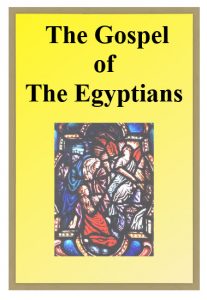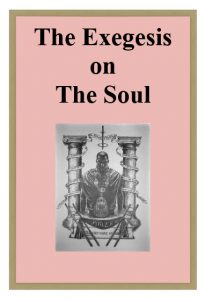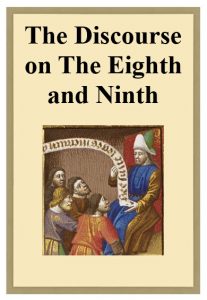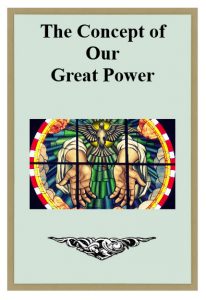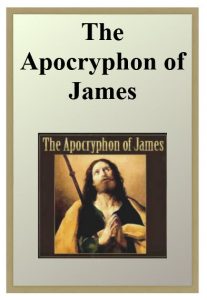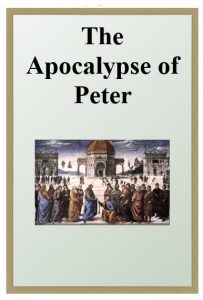Information on the Hypostasis of The Archons
IN THE REVISED EDITION OF THE NAG HAMMADI LIBRARY IN ENGLISH, published as The Nag Hammadi Scriptures, the “Hypostasis of the Archons” received the less intimidating title “The Nature of the Rulers.” Others have suggested “The Reality of the Rulers.” However, the title “Hypostasis of the Archons” continues to be preferred as a way to refer to the text in English.
Marvin Meyer writes, “The Nature of the Rulers is a Gnostic treatise classified by scholars as representing Sethian thought, which the author claims is being sent to an undisclosed recipient in order to clarify who the archons, or world rulers, are and how the struggle with the archons is to be carried out. In its present form, the Nature of the Rulers is a Christian text, but most of the material in the text is reflective of Jewish thought, with the typical Hellenistic flourish.
The author of the text, whose identity, like that of the recipient, is unknown, says that he or she is sending the text in response to certain questions that have been raised: ‘I have sent you this writing because you have asked about the real nature of the authorities’ (86,26-27). Preserved as the fourth tractate in Nag Hammadi Codex II (86,20-97,23), the Nature of the Rulers is copied just before On the Origin of the World, another Gnostic text to which the Nature of the Rulers stands in some relation.” (The Nag Hammadi Scriptures, p. 187)


